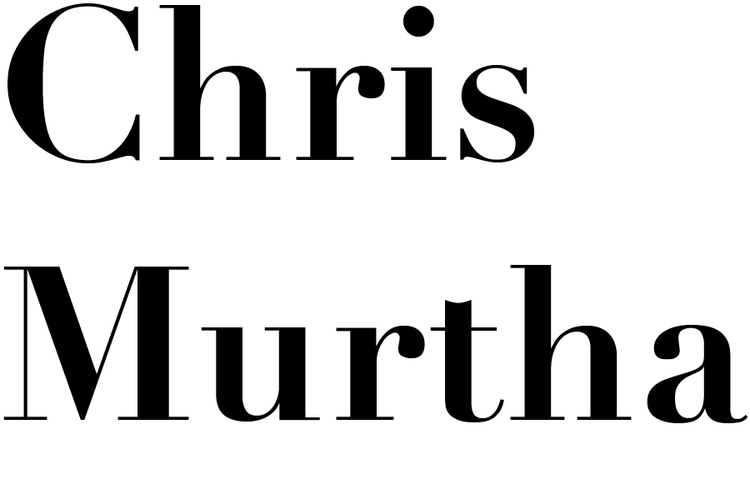Installation view of Sturtevant, Studies for Warhols’ Marilyns Beuys’ Actions and Objects Duchamps’ Etc. Including Film, November 16 – December 13, 1973, Everson Museum of Art, Syracuse, New York. Photo: Robert Lorenz, Everson Museum, Exhibition Archive.
My son turned three-years-old just days before the pandemic brought New York City to an eerie standstill in March 2020. With him out of daycare, and galleries and museums closed for months at a time, I didn’t manage to see much art in person this past year. That did, however, enable me to focus what little time I had on completing my master’s thesis and graduating from Hunter College. Thankfully, I had already completed the bulk of my research, so I mainly needed to write, write, and write. (I really feel for my fellow colleagues who had to conduct research with severe limitations on travel, libraries and archives closed to the public, and only digital resources at their disposal.)
When I started work on my thesis, I only knew that there remained much to unearth about the body of work that American artist Sturtevant (1924–2014) produced in the manner (and image) of Marcel Duchamp.* In the mid-1960s, Sturtevant became known for paintings and sculptures that were meticulous and exacting, but inherently different, recreations of works only recently produced by her peers. My research began as an investigation of Sturtevant’s Duchamp 1200 Coal Bags (1973), an installation partially informed by Duchamp’s contributions to the 1938 Exposition Internationale du Surréalisme, which transformed Paris’s posh Galerie Beaux-Arts into a cavernous spectacle. Sturtevant initially presented the installation as part of her 1973 exhibition at the Everson Museum in Syracuse, NY, and restaged it in various iterations over a dozen times between 1992 and 2011.** Despite its apparent importance to the artist, there had yet to be a full accounting of this major project.***
Sturtevant’s darkened and spotlit installation featured her own versions of Duchamp’s most famous Readymades—originals of which were absent from the Surrealist’s 1938 exhibition—arranged beneath an imposing dropped ceiling fully lined with coal bags. It was, however, a pair of works that Sturtevant included in the Everson presentation but omitted from later iterations, which captured my attention. These two works, a projected image and a sculptural display of photographs that referred to more obscure aspects of Duchamp’s project, were exemplary of the central and entwined roles of installation and photography in Sturtevant’s broader practice, and as such steered the course of my research.
Two-page spread from Sturtevant’s exhibition catalogue Sturtevant (Stuttgart: Württembergischer Kunstverein, 1992).
While Sturtevant’s installation strategies have been well documented, far less scholarly attention has been paid to the collective effort of her photographic activities. When the artist began incorporating photography into her process, it was typically necessitated by her source material, whether Duchamp’s role-playing portraits and Readymade miniatures, Eadweard Muybridge’s locomotion studies, or Joseph Beuys’s actions. Yet, Sturtevant consistently employed the medium across all aspects of her practice. As an artist concerned with the imagery of others, Sturtevant was keenly aware of how images define the public perception of an artwork and can even supersede the object itself. She thus employed what we would now refer to as imaging to guide and frame the reception and documentation of her artworks, exhibitions, and performative reenactments. As a result, much of her output involved photographic operations, whether or not the work itself was photographic.
My thesis, “Double Documents: Imaging and Installation in Sturtevant’s ‘Duchamps,’” examines more broadly the body of work Sturtevant produced in the manner of Duchamp and more specifically the photographic maneuvers and installation strategies she employed to present, reproduce, and reconfigure these works, thereby shifting the emphasis from the objects themselves to the framing structures that help define them as artworks.
My inspiration wall.
Notes
* It should be noted that Bruce Hainley included thorough and insightful analyses of several of Sturtevant’s most crucial works after Duchamp in Under the Sign of [sic]: Sturtevant’s Volte-Face (Los Angeles: Semiotext(e), 2013).
** Less than a year after including Duchamp 1200 Coal Bags in her solo exhibition Push and Shove at New York’s Perry Rubenstein Gallery in 2005, Sturtevant presented it at the 2006 Whitney Biennial. All other re-presentations of the installation occurred in Europe.
*** Hainley provided the most comprehensive account of Sturtevant’s Everson Museum exhibition, but he did not address the numerous re-stagings, or repetitions, of the Duchamp 1200 Coal Bags installation. Hainley, Under the Sign of [sic], 274–308.

